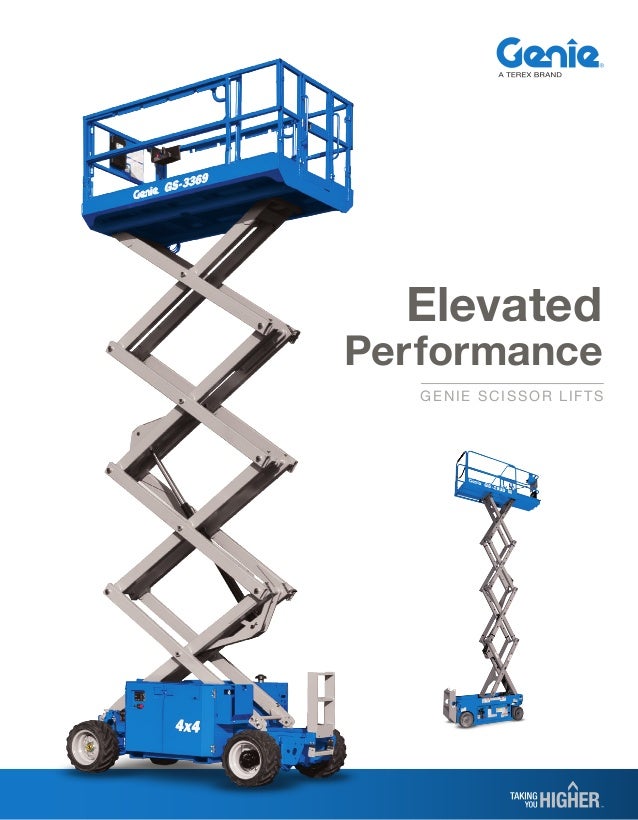Aerial Work Platform lifts are versatile pieces of equipment featuring extendable platforms that allow you to access higher work areas, such as ceilings, roofs, windows and HVAC equipment. Lift prices tend to vary greatly due to the wide variety of specialized features and options available. Deciding on the right lift for your job can be complicated, but Sendhamarai Rentals is here to help. Read on to learn about the various types of lifts available and advice on which type is best suited for your next job.
Industrial Aerial lifts platform are not specific to one particular industry or job. For instance, manufacturing companies use aerial lifts to reach overhead components, as well as to reach behind large pieces of equipment. General contractors use lifts to reach high areas when making repairs, and construction companies identify aerial lifts as one of the most critical pieces of equipment in their fleet.
Critical use aerial lifts to reach buildings, and HVAC contractors use them for indoor and outdoor applications. In essence, aerial lifts provide reliable access for a range of industries and purposes.
It offers aerial lifts that are diesel, gas, liquid propane and battery-powered. Depending on the size and strength of the aerial lift you are considering, some are offered with different power options.

Articulating and straight telescopic boom lifts with a platform height of less than 80 feet are generally available with dual fuel systems that use gas and propane. These lifts, including Genie rough terrain scissor lifts, are a great option for alternative fuel on the jobsite.
The important thing to remember with lifts that are fueled by diesel or gas is that they emit carbon monoxide. These lifts will need to be used in well-ventilated indoor areas or outside.
Some lifts are available in push-around models. Push-around lifts are useful for indoor jobs that are clear of obstacles and debris. These devices are light enough to be pushed by hand, yet sturdy enough to support the weight of a worker and a limited set of tools. Such lifts are available with a variety of platform heights, working heights and ground dimensions. The most common models feature a working height of 30 or 40 feet, and a total stowed height of less than seven feet.
Push-around models usually aren’t the best choice for outdoor job sites. The exterior terrain makes the manual movement difficult and can present serious safety hazards. Their relatively light frame means they’re easily damaged by high winds, flying debris and other obstacles.




